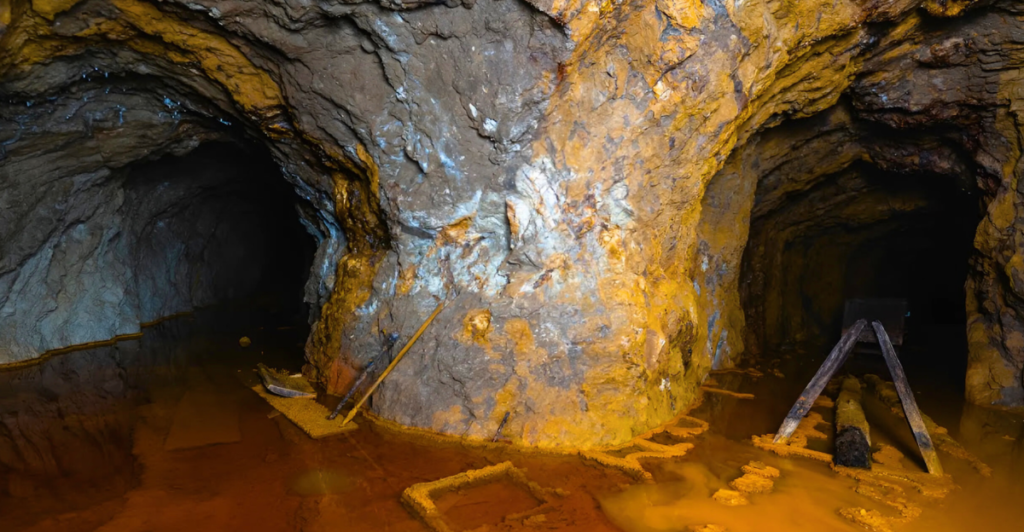
Alaska regulators have recently denied a permit application for a contentious gold-dredging project near Nome. The decision was based on significant deficiencies in the proposal and concerns over potential risks to public interests. This move underscores the state’s commitment to balancing economic development with environmental preservation.
The Proposed Project Near Nome
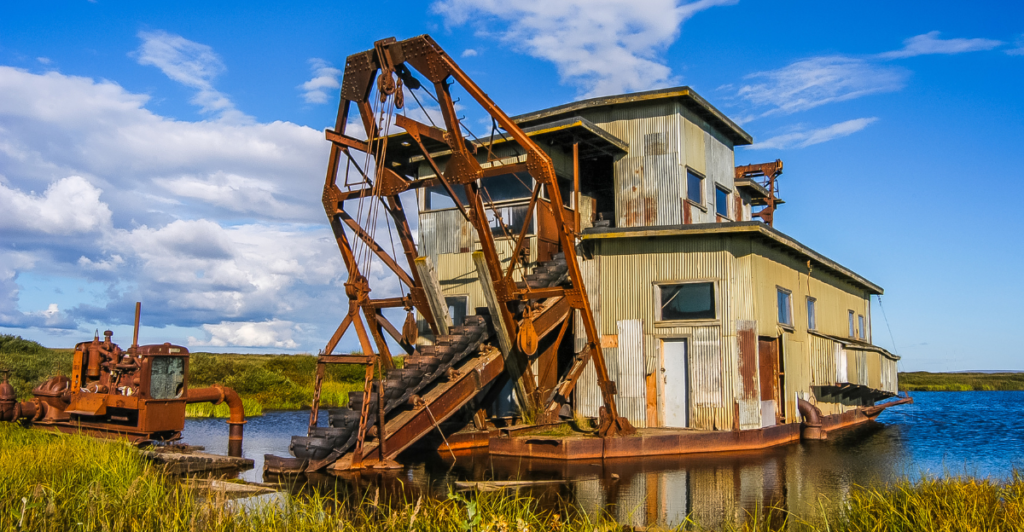
The gold-dredging initiative aimed to extract valuable minerals from the seabed near Nome, Alaska. While potentially lucrative, such projects pose challenges due to the delicate marine ecosystems in the region. The proposal’s shortcomings raised alarms about its feasibility and environmental impact.
Wildlife Concerns at the Forefront
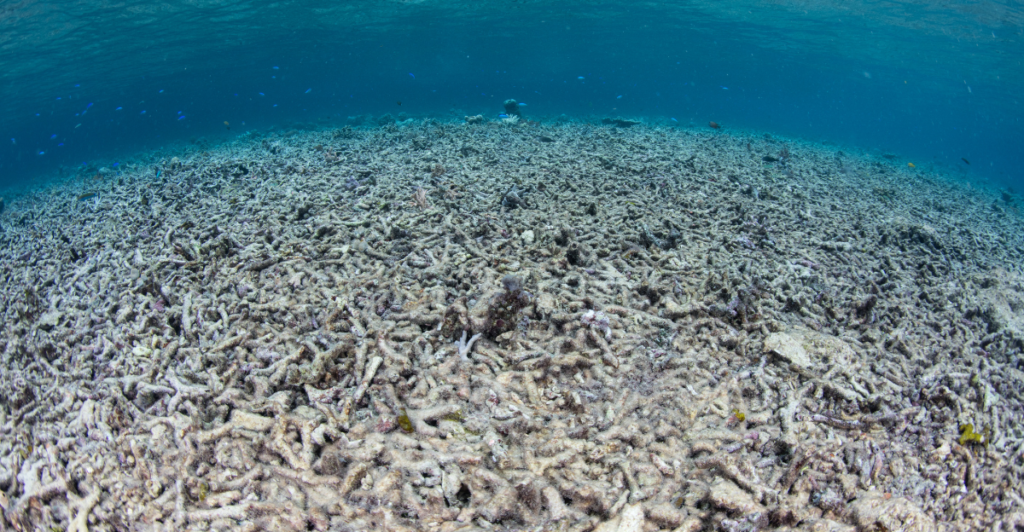
Apprehensions about the project’s impact on local wildlife were central to the permit denial. The area near Nome is home to diverse marine species, and disturbances from dredging could disrupt habitats and food sources, leading to broader ecological consequences.
The Role of Environmental Regulations
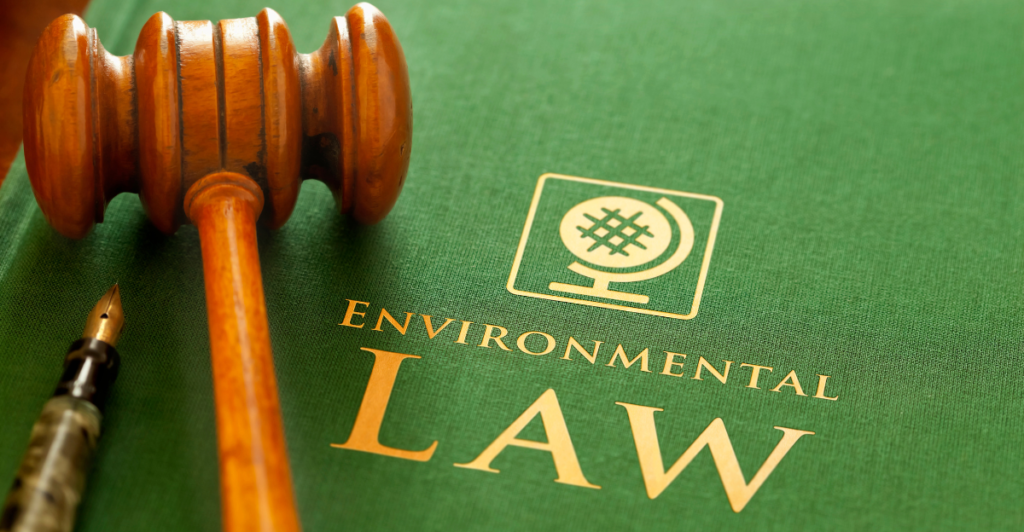
Environmental laws in Alaska are designed to protect natural habitats from potentially harmful industrial activities. In this case, regulators determined that the gold-dredging project did not meet the stringent criteria set to safeguard the environment, leading to the permit’s rejection.
Public Interest and Community Feedback

The decision also reflected concerns about public interest. Local communities, reliant on fishing and tourism, feared the project could jeopardize their livelihoods. Engagement with these communities highlighted the need to consider socio-economic factors alongside environmental ones.
Historical Context: Pebble Mine Controversy
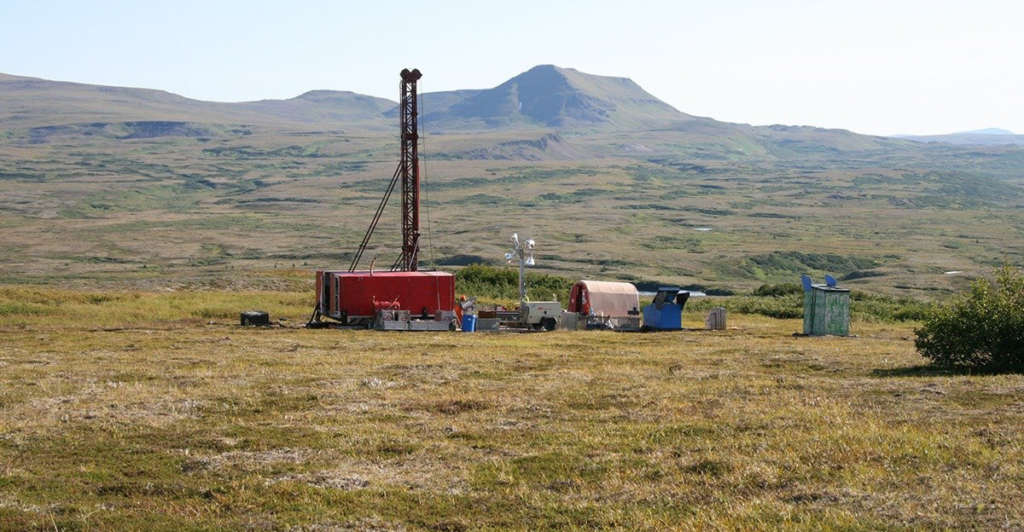
This is not the first time Alaska has faced such dilemmas. The Pebble Mine project, a proposed gold and copper mine in the Bristol Bay region, was similarly denied permits due to environmental concerns, particularly its potential impact on the world’s largest sockeye salmon fishery.
Economic Implications of Permit Denials
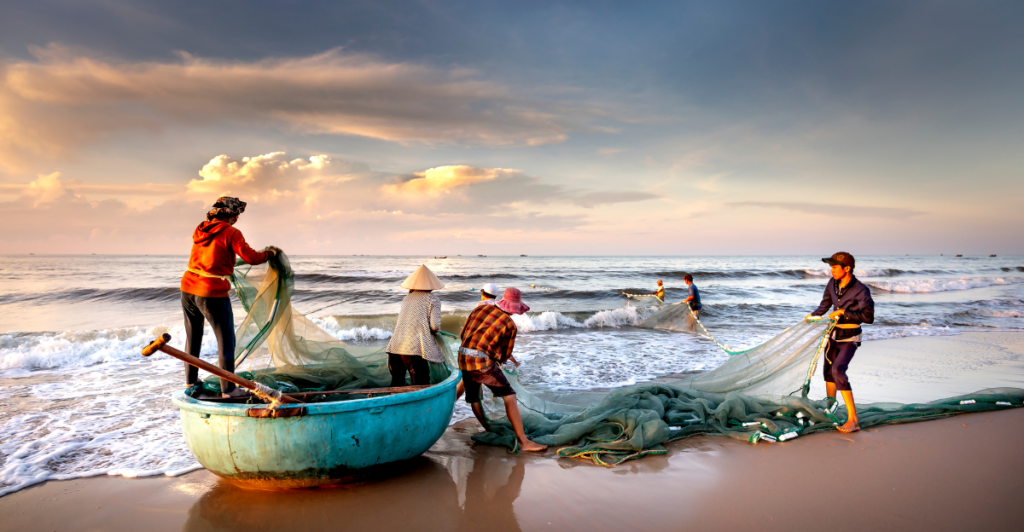
While environmental preservation is crucial, denying such permits can have economic repercussions. Potential job creation and revenue from mining projects are significant considerations. However, Alaska’s economy also heavily depends on fishing and tourism, industries that could be adversely affected by large-scale mining operations.
Legal Framework Governing Mining Projects

Alaska mining projects are subject to rigorous assessments under state and federal laws. These regulations ensure that any proposed project does not compromise environmental integrity or public welfare, reflecting a comprehensive approach to resource management.
The Importance of Comprehensive Environmental Impact Assessments

Thorough environmental impact assessments are vital in identifying potential risks associated with mining projects. Inadequate assessments can lead to permit denials, as seen in the recent case near Nome, emphasizing the need for detailed and accurate evaluations.
Community Engagement in Decision-Making
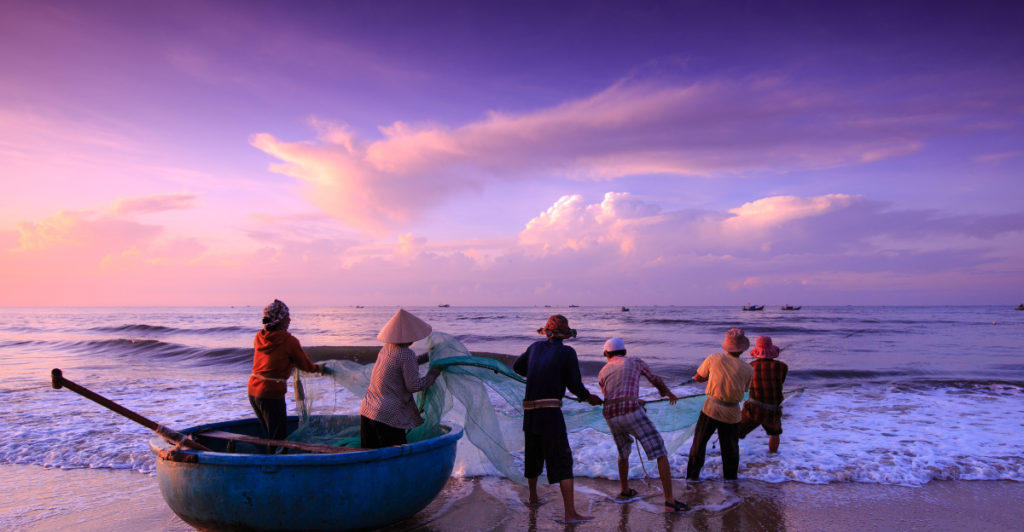
Involving local communities in the decision-making process ensures their voices and concerns are heard. This participatory approach leads to more balanced and accepted outcomes, fostering trust between regulators and the public.
Balancing Resource Development and Conservation
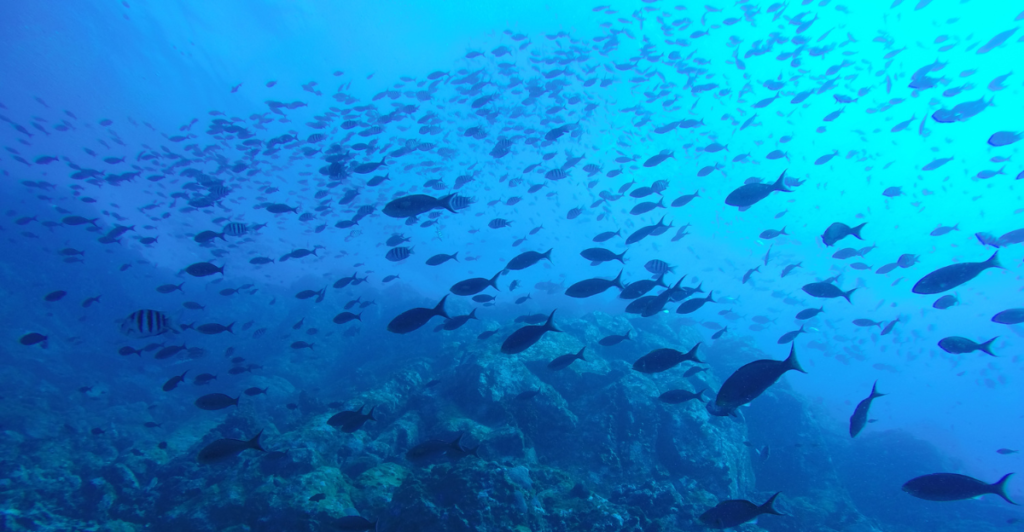
Alaska’s challenge lies in balancing the benefits of resource development with the imperative of conservation. Decisions like the recent permit denial reflect efforts to achieve sustainable development that respects economic and environmental priorities.
Future Prospects for Mining in Alaska
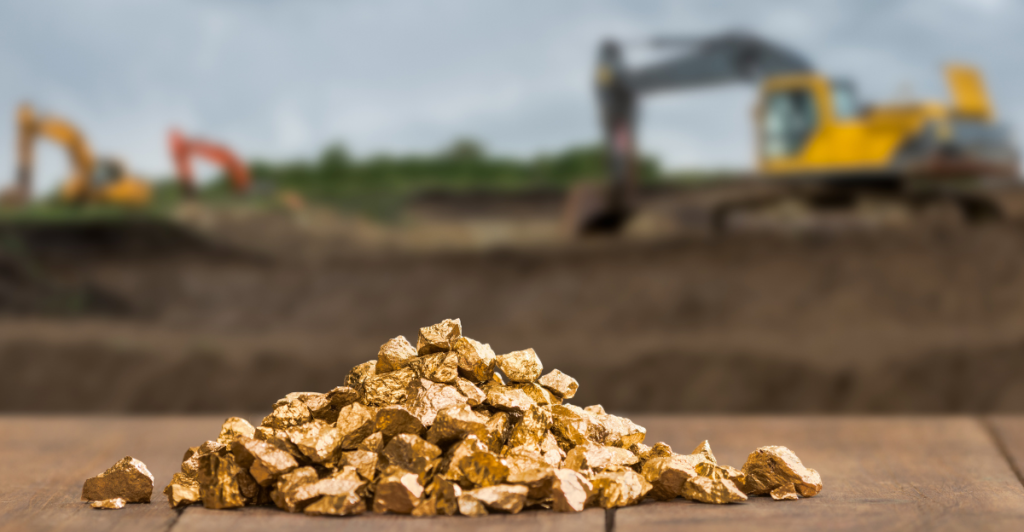
The recent permit denial may influence future mining proposals in Alaska. To gain approval, proponents will need to present robust plans that thoroughly address environmental and community concerns, setting a precedent for responsible development.
Global Implications of Local Decisions
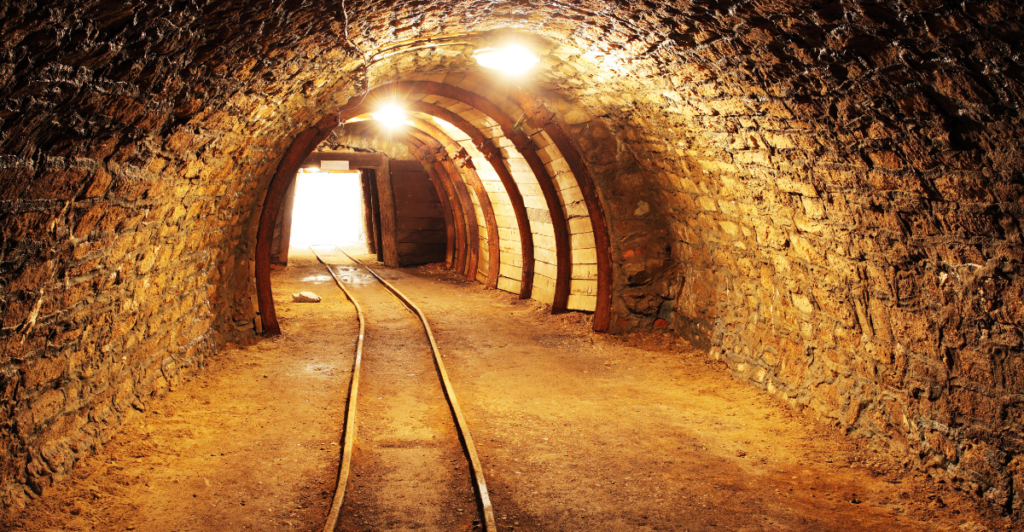
Alaska’s approach to managing mining projects serves as a case study for other regions grappling with similar issues. The state’s commitment to rigorous evaluation and community involvement offers valuable lessons in balancing development with environmental stewardship.
Explore more of our trending stories and hit Follow to keep them coming to your feed!

Don’t miss out on more stories like this! Hit the Follow button at the top of this article to stay updated with the latest news. Share your thoughts in the comments—we’d love to hear from you!







